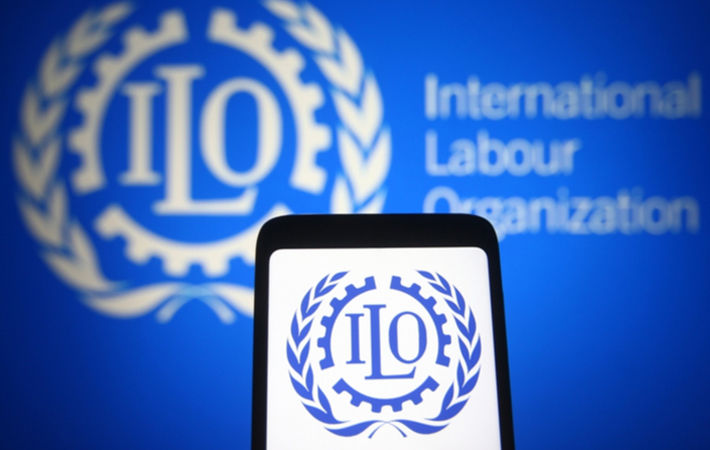
While this latest projection is an improvement on the situation in 2021, it remains almost two per cent below the number of global hours worked pre-pandemic, according to the ILO World Employment and Social Outlook—Trends 2022 (WESO Trends).
Global unemployment is expected to remain above pre-COVID-19 levels until at least 2023. The 2022 level is estimated at 207 million, compared to 186 million in 2019.
The ILO report also cautions that the overall impact on employment is significantly greater than represented in these figures because many people have left the labour force. In 2022, the global labour force participation rate is projected to remain 1.2 percentage points below that of 2019.
The downgrade in the 2022 forecast reflects, to some extent, the impact that recent variants of COVID-19 , such as Delta and Omicron, are having on the world of work, as well as significant uncertainty regarding the future course of the pandemic.
The WESO Trends report warns of the stark differences in the impact the crisis is having across groups of workers and countries. These differences are deepening inequalities within and among countries and weakening the economic, financial and social fabric of almost every nation, regardless of development status.
This damage is likely to require years to repair, with potential long-term consequences for labour force participation, household incomes and social and, possibly, political cohesion, said an ILO press release.
The effects are being felt in labour markets in all regions of the world, although a great divergence in recovery patterns can be observed. The European and the North American regions are showing the most encouraging signs of recovery, while South-East Asia and Latin America and the Caribbean have the most negative outlook.
At the national level, labour market recovery is strongest in high-income countries, while lower-middle-income economies are faring worst.
The disproportionate impact of the crisis on women’s employment is expected to last in the coming years, the report says. While the closing of education and training institutions “will have cascading long-term implications” for young people, particularly those without internet access.
The ILO report shows that, as in previous crises, temporary employment created a buffer against the shock of the pandemic for some. While many temporary jobs were terminated or not renewed, alternative ones were created, including for workers who had lost permanent jobs. On average, the incidence of temporary work did not change.
Fibre2Fashion News Desk (DS)